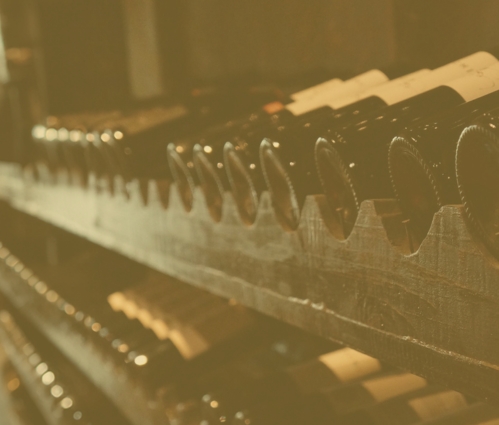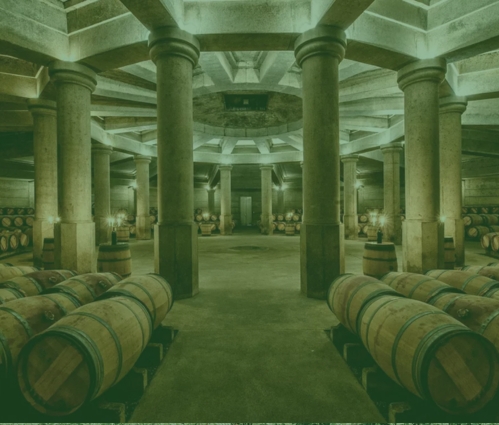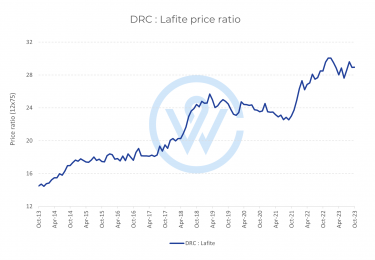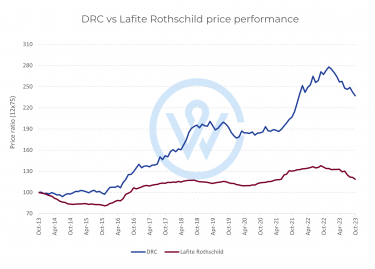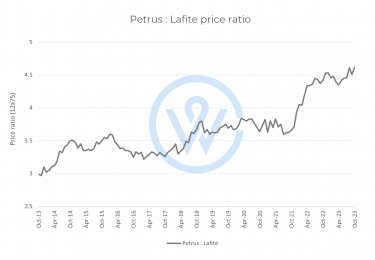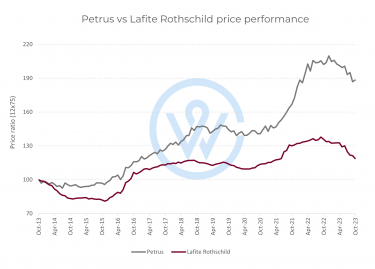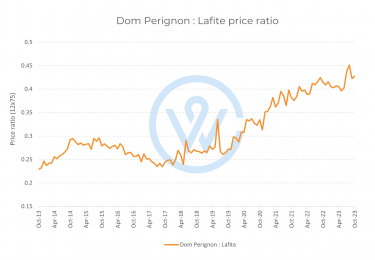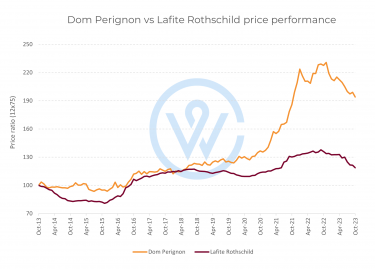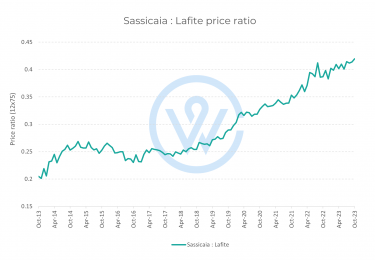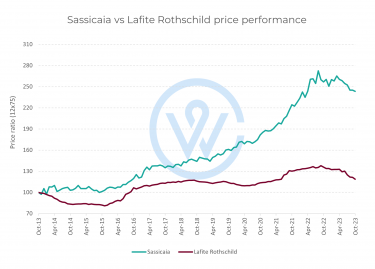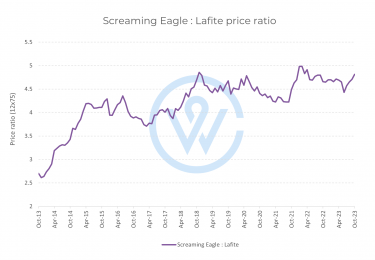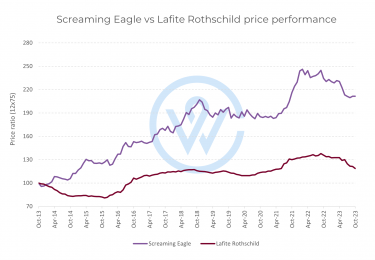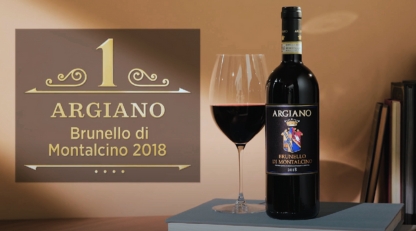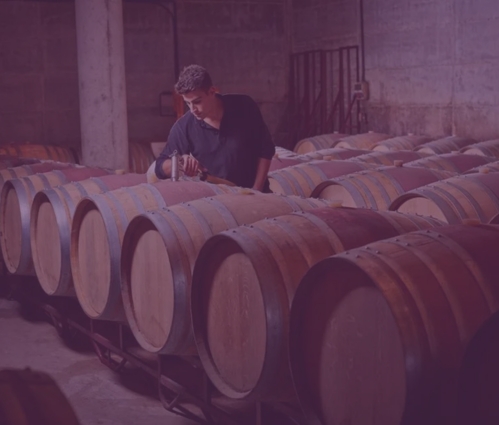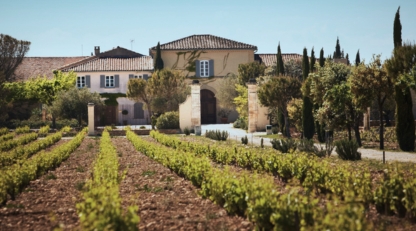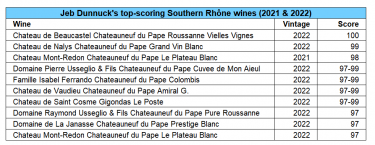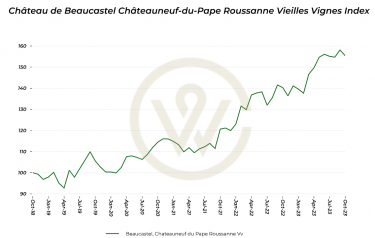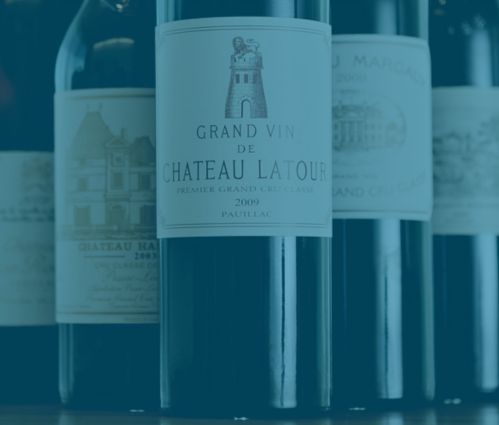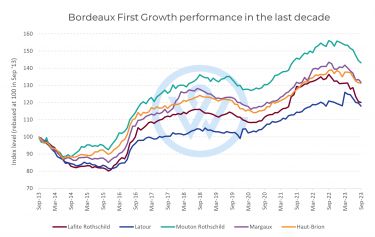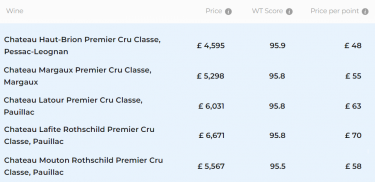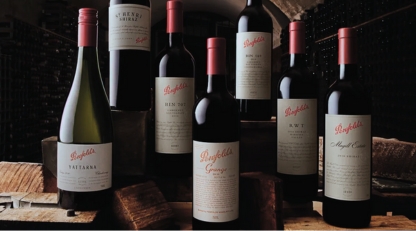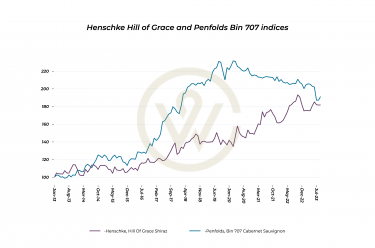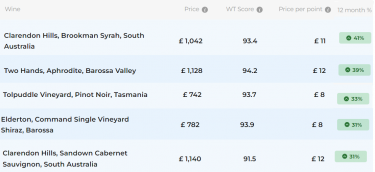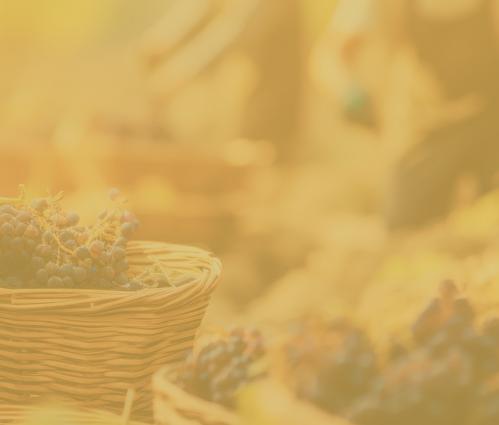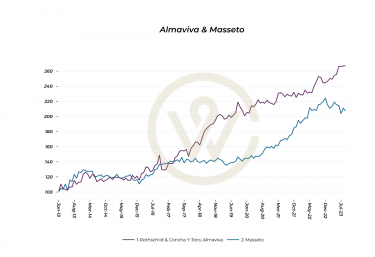- This Friday will see the artist label announcement of Château Mouton Rothschild’s 2021 vintage.
- Over the last ten vintages, the average price increase in the month following the announcement has been 5%, signalling a potential investment opportunity.
- The 2000 vintage illustrates the power of the special label, perfectly weathering market downturns.
Every year, Château Mouton Rothschild commissions a different artist to produce the label for their Grand Vin. The tradition began in 1945 when Baron Philippe de Rothschild decided to celebrate the end of World War II by creating a special label featuring a ‘V’ for victory, designed by Philippe Jullian. Since then, the list of alumni has included the likes of Salvador Dalí, Pablo Picasso, Joan Miró, Andy Warhol, David Hockney, Jeff Koons, Anish Kapoor, Lucien Freud, and Wassily Kandinsky. This Friday will see the label reveal of the 2021 vintage.
How has the label announcement impacted prices?
Over the years, this innovative approach has turned the Mouton Rothschild labels into a fusion of fine art and fine wine, making each bottle a highly desirable collector’s item. What’s more, prices for Mouton Rothschild have consistently increased in the month following the announcement.
The increase averages just under 5% over the last ten vintages. The 2012 vintage, with a label by Miquel Barcelo, rose the most, up 14.9%, followed by the Xu Bing’s 2018, up 12.6%. Last year’s label reveal of the 2020 vintage drove prices 8.6% higher in a month. There has been only one exception to this pattern with the 2015 vintage, down 4.3%. However, the wine is still up 11% since release.
In the last decade, prices for the brand, represented by our Mouton Rothschild index, have risen 44% on average.
Which are the best value labels today?
While there is a strong investment case for the Grand Vin, which vintages offer the best value today? The 2020 boasts 100-points from The Wine Advocate and is 13% cheaper than the other 100-point 2016 vintage. Its price rose 8.6% after the label announcement, which was designed by Peter Doig.
The 2021 is the most affordable recent release with a current Market Price of £4,400 per 12×75. However, given the trend of price rises post-announcement, one can expect potential changes.
Otherwise, buyers might wish to look back at the 2019 vintage, which received 100-points from Lisa Perrotti-Brown MW (The Wine Independent) and 97 points from Neal Martin (Vinous). The wine’s label, ‘The solar iris of Mouton’, was created by Olafur Eliasson.
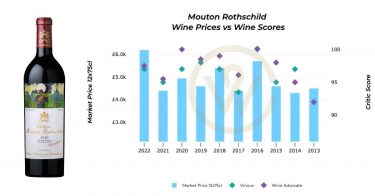
The case of the 2000 vintage
If there is one special bottle that illustrates the power of art driving prices, it is that of the 2000 vintage. The bottle itself features an intricate gold engraving of the famous ram (Mouton) of the Rothschild coat of arms and stands out for its elegance and symbolic significance.
Mouton Rothschild 2000 weathered the Bordeaux market downturn of 2011-2014, when prices for the other First Growths fell sharply. The label continued to enjoy heightened demand in the Asian market, which only increased in 2015 – the year of the sheep, according to the Chinese zodiac. The wine has risen close to 750% in value since its release – an investment case that speaks for itself.
The innovative tradition of artist-designed labels by Château Mouton Rothschild not only merges the worlds of fine art and winemaking but also significantly elevates the market value, making them coveted treasures for collectors and investors alike.
WineCap’s independent market analysis showcases the value of portfolio diversification and the stability offered by investing in wine. Speak to one of our wine investment experts and start building your portfolio. Schedule your free consultation today.

